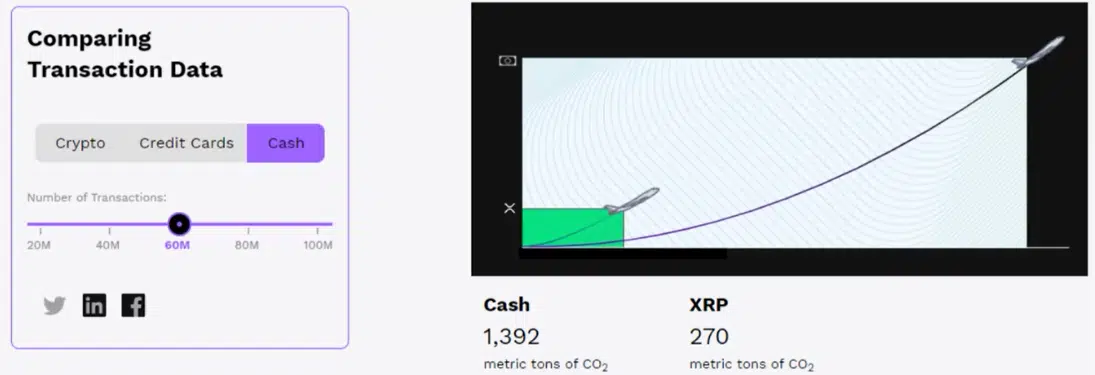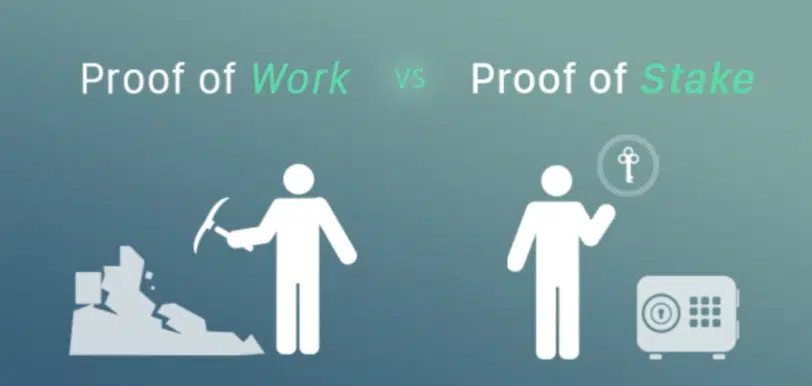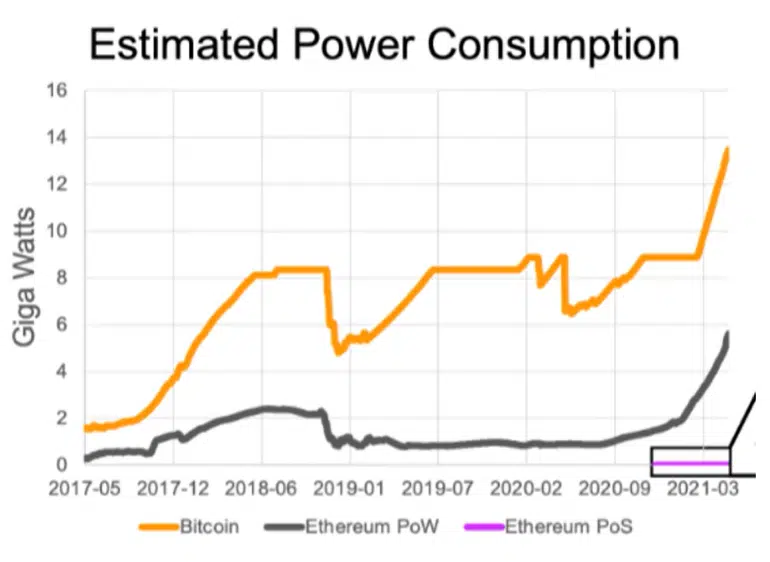Contents
Blockchain has a reputation for being bad for ecology. But does it really consume so much energy?
In a recent webinar, Anya Nova from the sustainability development company Powerledger answers this question with numbers and facts.
Do blockchains really use a lot of energy?
If you look at the bitcoin blockchain, the answer is yes. But I think it’s an unfair question because what does “a lot” mean? More than what number exactly?
Research by ARK Investment Management found that the bitcoin ecosystem consumes less than ten times energy required for the traditional banking system. Also, if we compare bitcoin mining with gold mining, we have to pay attention to all these diesel generators used in this process, plants, etc.
The brand new newsletter with insights, market analysis and daily opportunities.
Let’s grow together!
So we can’t pretend there was a world before blockchain that we can return to. Blockchain is here to stay. It’s a crucial piece of technology that will benefit from the future. Therefore, we must compare it to existing technologies that augment or replace it.
Ripple has a fantastic tool on its website. It is a calculator that compares Ripple transactions to transactions in cash, for instance. You can see here that 60 million transactions in cash produce a lot more CO2, so a lot more emissions than a similar amount of transactions in Ripple:
Solana published a pretty extensive report. They compare a single Solana transaction, which uses 2,700 J, and a single Google search, which is 1,000 J. So technically, a Solana transaction uses less energy than three Google searches. I don’t know about you, but I do more than three Google searches daily.
Can bitcoin play a positive role in the energy systems?
The answer is, again, yes.
Bitcoin can do it since bitcoin miners can provide excellent balancing and flexible demand response services and improve renewable integration.
That’s already happening in some parts of the world. New York is going to ban bitcoin mining that’s not using renewable energy. It is still unclear how that’s going to go. Does it mean that the miners will move out of New York, or does it mean that the miners will find better options for renewables in New York? Still, it’s an exciting space to watch.
What the amount of energy used depends on?
The amount of energy used depends on a consensus mechanism: Proof of stake (PoS) or Proof of work (PoW).
PoW requires intentional computation and those computational resources require hardware that consumes a lot of energy.
The PoS protocols give a larger cryptocurrency holding more power in transaction validation. And if that validator or a node is acting dishonestly, then they potentially get slashed. The incentive here is to maintain and increase the stake and to act honestly.
One is not better than the other. There are different use cases. Some of them are more suitable for PoW, and some of them are more suitable for PoS.
There are certainly trade-offs, PoW has been very effective in securing large amounts of value and money for a long time.
PoS is relatively new and has also successfully secured large pools of money. Some do criticize it for being more of the rich getting richer because to participate in the network you already need to have a certain amount of tokens.
Have a look at this graph to have a clear view of what happens when you transition from PoW consensus to PoS consensus:
That graph tells us that the projected energy usage of Ethereum, once it transitions to PoS, will draw by 99,95%.
How can we measure blockchain energy usage?
There are a lot of tricky variables, so a common way of measuring the energy usage of blockchains is to look at energy per transaction.
We look at the number of servers, nodes, or validators and then multiply that by the power per node or validator used. Finally, we divide that by transactions per second.
Using this calculation, it is essential to understand the limitations behind it, because if I want to run the most energy-efficient blockchain in the world, I can have just one node. But we can’t really any longer call that a blockchain; it’s not a network anymore. The same is about ten validators.
So obviously, we want a lot of validators, and we also want a lot of transactions. Because if a blockchain doesn’t have a lot of transactions, it’s potentially not getting utilized.
Here is another nuance. Are we talking about the theoretical transactions per second or the actual transactions per second?
Theoretical transactions per second could be in the realm of thousands of transactions per second, but if the blockchain just launched recently, there are just not that many transactions. So the energy usage per transaction is going to be much higher.
Another way of looking at the energy usage for a blockchain would be per server or validator. That is also tricky. It can range anywhere from minimal to high energy usage depending on the hardware used.
Solana is reporting that its energy consumption per transaction has increased from November last year to March this year. But then you can see that the number of validators joining the blockchain has also increased substantially. What that tells us is that they probably boarded more validators onto the blockchain than the natural growth in the actual transactions:
Actually running any kind of app on Solana blockchain, the energy use per transaction might fluctuate quite a bit depending on what type of market wins. We’re in the crypto bear market right now, so the amount of transactions has probably declined. With trading slowing down, that would be more energy use per transaction.
One more important thing
It’s not just about energy usage, it’s also about the kind of energy that’s being used. Is it dirty coal energy, or is it clean, renewable energy?
What’s really giving me a lot of hope is that we see a massive proliferation of carbon-neutral blockchains. Hedera, Cordana and Powerledger are just a few examples of such chains. And there are going to be more of these companies.












